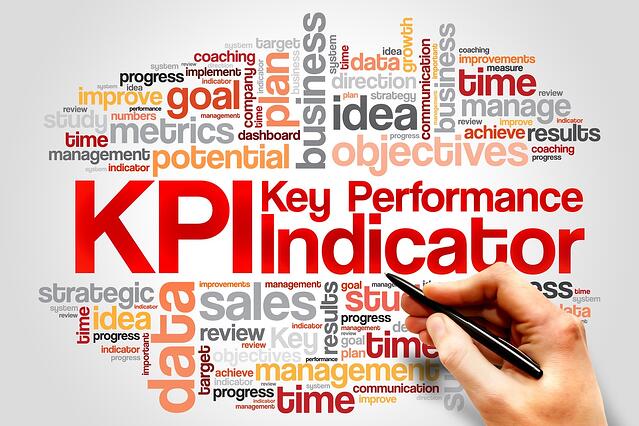
Driving a Digital Transformation Program
10 October 2024

Numbers are essential for understanding the efficiency of your recruitment process. However, it is not always easy to measure results over the long term. Recruitment is not just about addressing immediate needs; it’s about achieving lasting outcomes. To do so, you need to focus on performance and the acquisition of key talents.
Take advantage of the insights from EL ATTARI Abdelilah, a digital transformation consultant specializing in human resources at E-solution.
Even in human-centered recruitment, tracking metrics is vital for assessing efficiency. Performance indicators, commonly known as KPIs, related to volumes and quantities provide a useful starting point. These simple metrics can give you an initial idea of your outcomes. However, it’s essential to go beyond this and consider the overall cost of recruitment (or non-recruitment) and the resulting performance.
Key metrics to monitor include:
To make the most of this data, maintain an up-to-date dashboard. While you don’t need to track every single metric listed above, focus on the ones most relevant to your needs. Ensure consistent monitoring to interpret the results effectively.
Recruitment consultants can evaluate their work based on these metrics. These criteria can often be found within HR systems (like SIRH) or candidate management systems (like RekrutRH) provided by your employer.
Additional metrics have emerged to assess recruitment beyond the hiring phase, particularly during candidate onboarding:
These additional metrics provide valuable insights into the quality of your recruitment efforts and help guide strategic changes for improvement.
Recruitment strategies worldwide are evolving, and the same applies to Morocco. This process requires a strategic approach and substantial investment to achieve better results. The term “Talent Acquisition Manager” is becoming increasingly prominent, replacing the traditional recruiter role.
It’s common to see salary increases for recruiters who expand their activities in the digital sphere. However, many companies still rely on outdated evaluation criteria, complicating the development of effective recruitment strategies. Updating your evaluation standards can save both time and money.
For effective evaluation, prioritize both quality and cost efficiency. By focusing on these areas, you’ll position yourself at the center of recruitment strategies and optimize your processes for better results.
Key elements to consider include:
Recruitment is far from free. Calculating its total cost requires identifying the criteria involved, including salaries, fixed expenses, recruitment channels, and tools used. Generally, recruitment costs amount to around 10% of the recruit’s gross annual salary. This percentage can rise for strategic profiles.
A failed recruitment attempt also incurs costs without delivering value. For instance, in France, the national cost of unsuccessful recruitment is estimated at $3.2 billion.
EL ATTARI Abdelilah provides insights to help you determine if your recruitment efforts align with your goals. By analyzing results over six months or a year, you can assess your performance and make necessary adjustments.
Key elements to evaluate include:
These insights provide a comprehensive view of recruitment quality and highlight areas for improvement. Reflecting on these outcomes is a valuable way to evaluate your investment.
To select effective criteria, find a balance that provides clear answers to your questions:
To simplify the process, use tools such as RekrutRH from E-solution’s HRIS system, which can help organize and interpret collected data. These tools enable quicker and more efficient improvements in your recruitment strategies.
EL ATTARI Abdelilah
Digital Transformation Consultant
E-solution
Start the chat
Welcome to E-solution,
Do you have any questions? We’d be delighted to discuss them with you!
